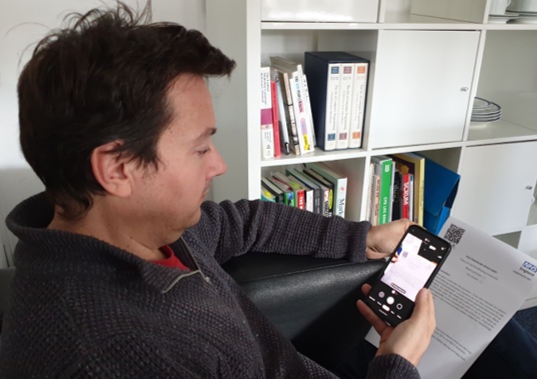
In the realm of public transport, integrating sign language into customer communications has the potential to bring about a profound transformation, making interactions with passengers more inclusive and accessible, particularly for the deaf and hard-of-hearing community. By embracing sign language as an essential aspect of the customer service approach, you can demonstrate your commitment to providing a seamless and equitable travel experience for all passengers.
Effective communication is at the core of excellent customer service in public transport. By offering sign language interpreters or training our staff in sign language, you create an environment where all passengers can easily communicate their needs, questions, and concerns. This inclusivity not only enhances understanding and reduces the risk of miscommunications but also fosters a sense of respect and appreciation for the diverse needs of your passengers.
Incorporating sign language into customer communications also aligns with legal requirements and accessibility standards, reinforcing your dedication to upholding the rights of every individual. By being proactive in your approach to inclusivity, you demonstrate your commitment to providing an equal and accessible service for all passengers, regardless of their hearing abilities.
Beyond compliance, the integration of sign language in public transport communication offers practical benefits. By catering to the needs of the deaf and hard-of-hearing community, you enhance passenger satisfaction and foster positive word-of-mouth, potentially attracting new customers and increasing loyalty among existing ones.
Embracing technology is essential in maximizing the impact of sign language integration. Utilizing video call interpreters or providing sign language video content on digital platforms and information displays ensures that accessibility is extended across various communication channels within the public transport network. This technological integration not only meets the preferences of modern passengers but also ensures seamless communication throughout their journey.
Incorporating sign language into customer communications is a pivotal step for public transport services. By creating an inclusive and accessible environment, we enhance the travel experience for all passengers, reinforce your commitment to providing exceptional customer service, and contribute to building a more inclusive and cohesive society. Through clear communication, legal compliance, and the effective use of technology, public transport can set an example for other industries in prioritizing inclusivity and meeting the diverse needs of passengers from all walks of life.













